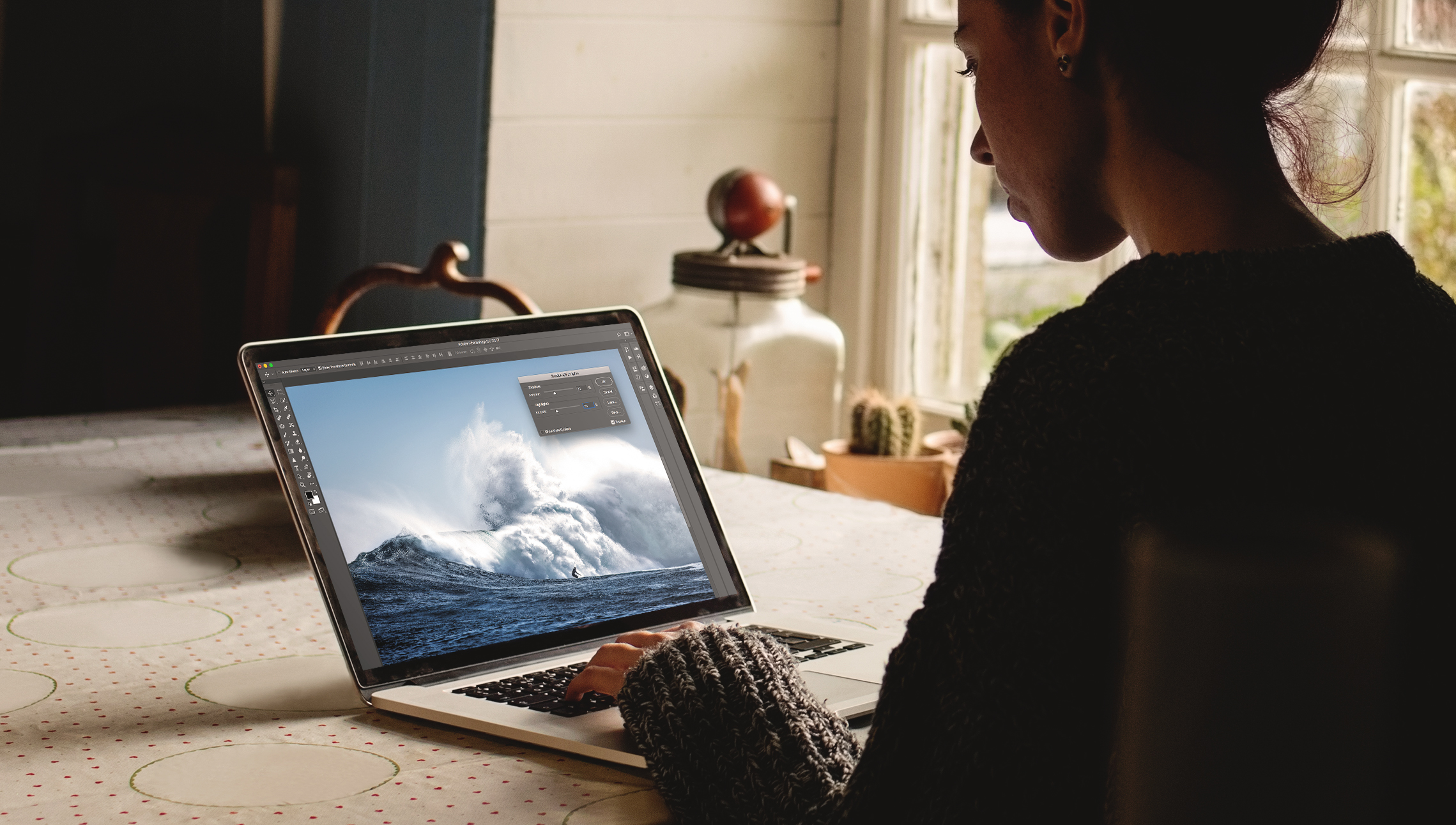The lighting of an image can make all the difference when it comes to how appealing it is to a viewer. Using a raw image you can adjust the light to make it look more fascinating. Instead of limiting yourself to one source of light, you will have unlimited control over other light sources and the reflections.
So what is Photoshop? This is an Adobe product that was developed as a photo editing software. As a world class application it contains tools that enable the alterationsofthe appearance of an image.Photoshop tools range from Smart Brush, Sharpen to Gradient tools and a host of others. These tools enable photographers and designers to produce professional looking images. In Photoshop you can change the contrast, brightness, focus, saturation or exposure of an image.
Photoshop Lighting effect
The effects panel, which is located on the taskbar, provides a centralized location from which image effects can be applied. One of the effects that really improves the appearance of an image is the Photoshop Lighting effect.
There are different options for the lighting effects, Point light, Spot light and Infinite light. Point light and Spot light resemble bulb rays which travel outward in all directions. In Infinite light beams travel in a straight line and can be used to create a shadow of the main image.It is important to note the position of the shadow -if one is present- when altering light in an image. Changing the position of a shadow may seem as a daunting task but by utilizing the appropriate Photoshop tools it can be done.
Working with Photoshop’s lighting effect
One of the most interesting things you can do with Photoshop is play around with the light effects to see the various changes that manifest on your image. Whether its spot light or changing presets it’s always impressive to see the numerous alterations that Photoshop allows you to perform.
Let us briefly go through some of the crucial procedures you can perform to ensure you receive 100% results.
In order to add light behind an object, it is important to initially select the object using the pen tool. It might seem like a gruelling task but it is essential. Take your time and carefully pen tool the object.Again, since you have already delicately selected out your subject you’ll be able to add some colour to it without having to be careful of edges.
There is also the issue of Colour Balance. There are multiple ways of achieving this but a quick fix is by tweaking the colours in Colour Balance. Adjusting the yellow and red, for example, brightens the image making it appear a bit warmer and lighter.
With Photoshop Lighting effects, whether as a beginner or professional, you can manipulate an image to make it look how you want.









